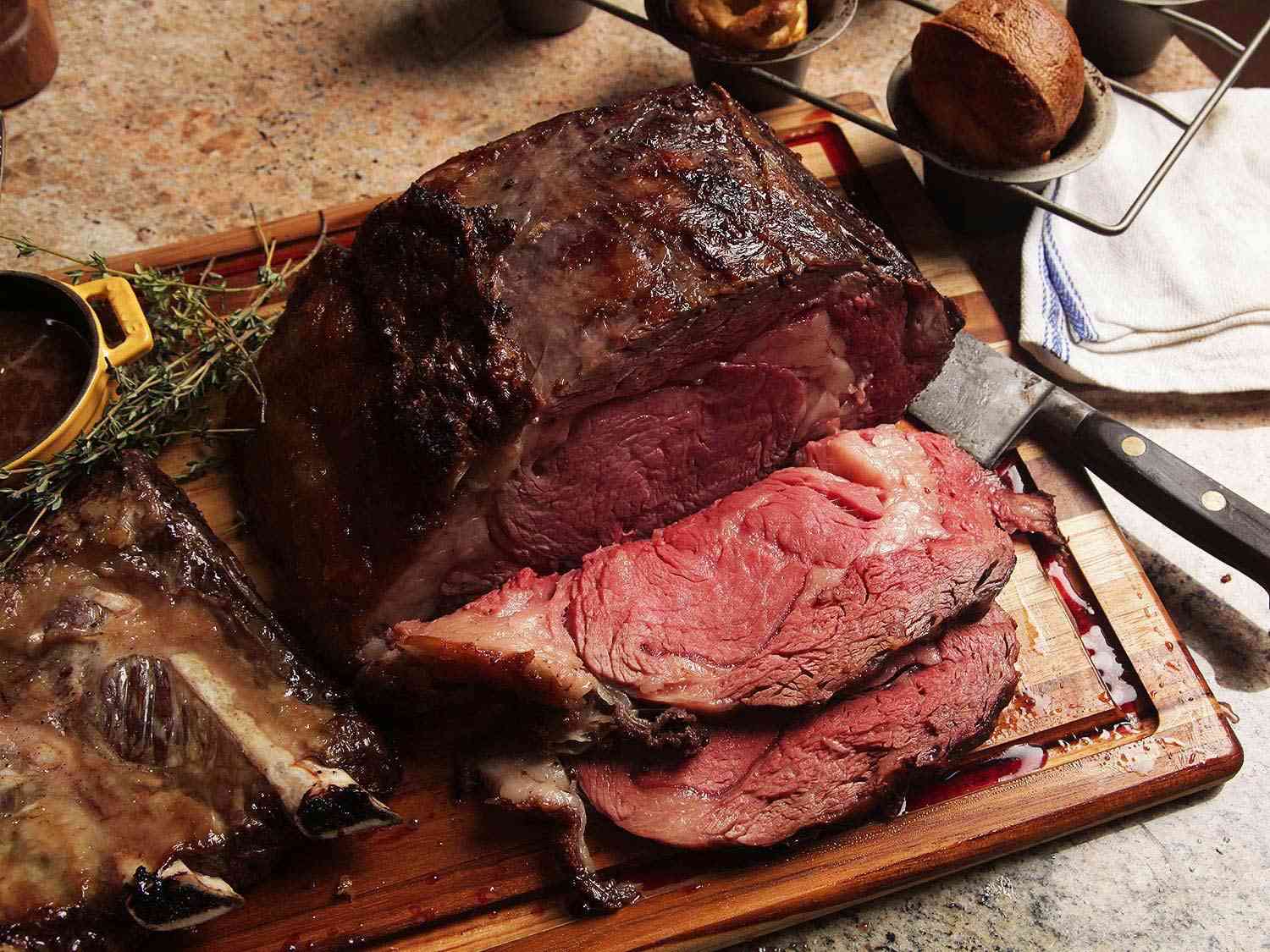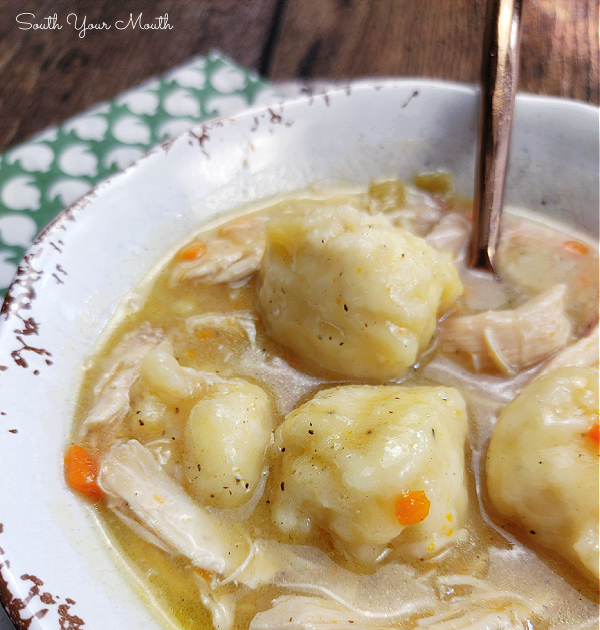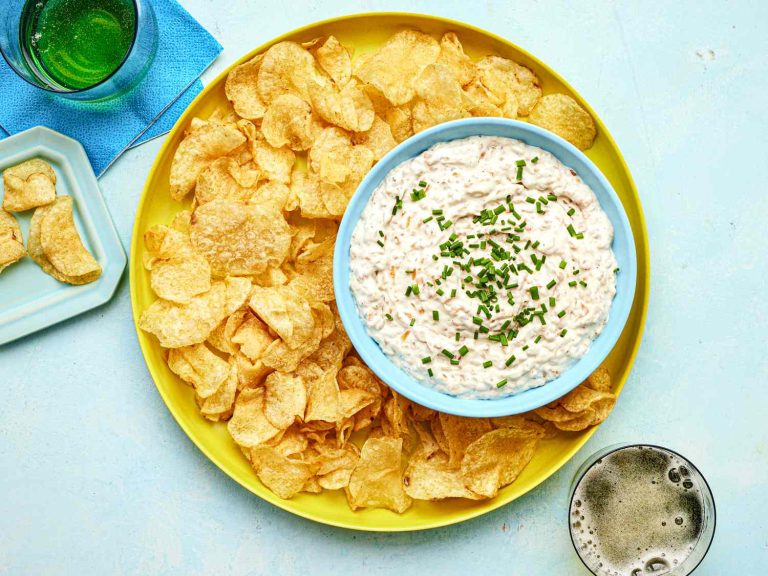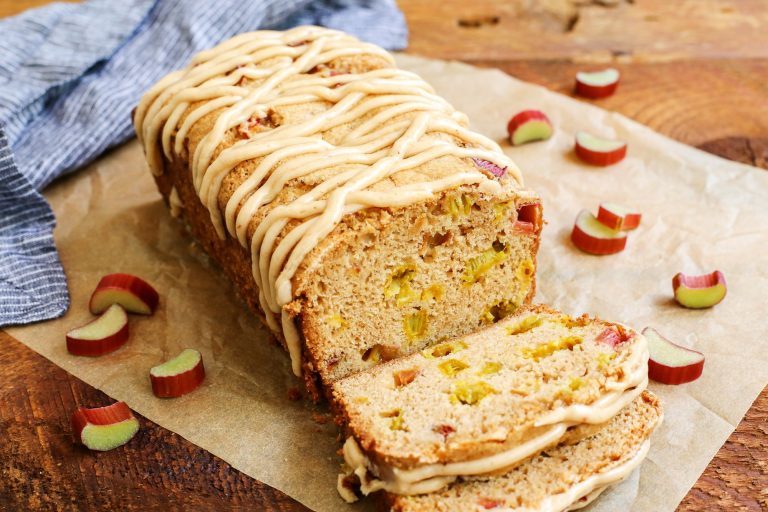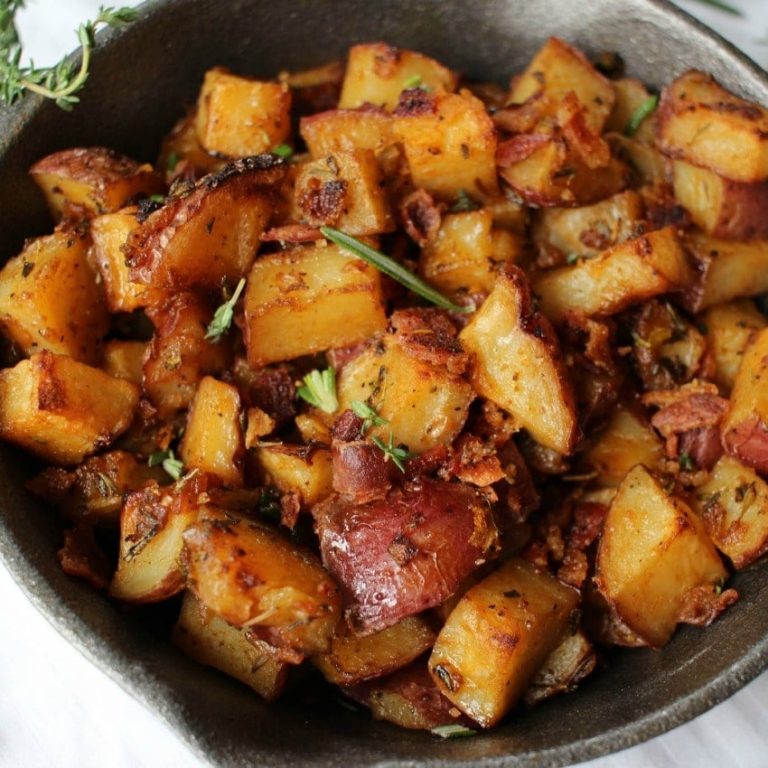Reverse Sear Prime Rib Roast Recipe: Techniques, Tips, and Delicious Sides
Reverse searing is a cooking technique where you first cook food at a low temperature and then sear it at high heat. For a prime rib roast, this means slow-roasting the meat in an oven set to a low temperature (around 250°F), which allows for even cooking throughout. After reaching the desired internal temperature, you remove the roast and let it rest. The final step involves a high-heat sear (around 500°F) to create a flavorful crust on the exterior. This method ensures both an evenly cooked interior and a crispy outer layer.
Why Choose Prime Rib for Reverse Searing?
Prime rib is an ideal cut for reverse searing because of its marbling, size, and flavor. The marbling (intramuscular fat) enhances the meat’s tenderness and flavor, making it perfect for slow cooking. Due to its large size, reverse searing allows the meat to cook evenly without overcooking the exterior. The rib’s rich flavor profile benefits from the caramelization that occurs during the high-heat sear, resulting in a delectable crust that contrasts with the juicy interior. Reverse-searing a prime rib maximizes flavor and tenderness, making it a show-stopping centerpiece for any meal.
Required Tools and Ingredients
Best Cuts of Prime Rib
Choose the prime rib with a good amount of marbling. The most preferred cuts come from the ribeye section, specifically ribs 6-12. This area provides the optimal balance between fat and meat, enhancing flavor and tenderness. Typically, prime grade is best; however, choice grade also delivers satisfactory results for most occasions.
Essential Cooking Equipment
To execute a perfect reverse sear, gather the following tools:
- Meat Thermometer: Helps monitor internal temperature for precise doneness.
- Roasting Pan: Supports the prime rib during the low-temperature phase.
- Wire Rack: Elevates the meat, ensuring even air circulation and cooking.
- Oven: Maintains consistent low and high temperatures.
- Skillet: Facilitates the high-heat sear to finish the roast.
- Tongs: Assists in flipping and handling the roast without piercing the meat.
Without these tools, achieving the ideal combination of a juicy interior and crispy crust becomes challenging.
Step-by-Step Guide to Reverse Searing Prime Rib Roast
Preparing the Prime Rib
Trim the excess fat from your prime rib roast to ensure even cooking. Season the roast generously with kosher salt and freshly ground black pepper to enhance flavor. Let the roast sit uncovered in the fridge for at least 24 hours, allowing the salt to penetrate the meat.
Cooking Temperatures and Times
Set your oven to 225°F (107°C) for the slow-roasting phase. Place your seasoned roast on a wire rack inside a roasting pan. Cook until the internal temperature reaches 120°F (49°C) for rare, 130°F (54°C) for medium-rare, or 140°F (60°C) for medium. This process typically takes 3–4 hours, depending on roast size.
Resting and Serving Suggestions
Allow the roast to rest for 30 minutes after removing it from the oven. During this time, increase your oven temperature to 500°F (260°C). Once rested, sear the roast for 5–10 minutes to develop a crispy crust. Slice and serve immediately for the best texture and flavor.
Tips for Perfecting the Reverse Sear Technique
Selecting the Right Seasonings
Choose the right seasonings to enhance the flavor of your prime rib roast. Start with kosher salt and freshly ground black pepper as a base. Let the seasoned roast sit uncovered in the refrigerator for at least 24 hours to dry brine. Add minced garlic, rosemary, and thyme before slow-roasting for additional aroma and complexity. For a bolder taste, try a spice rub with paprika and mustard powder.
Maintaining Optimal Oven Conditions
Ensure a consistent temperature by preheating your oven to 225°F before placing the roast inside. Use an oven thermometer to verify accuracy. Position the roast in the center of the oven with a wire rack to allow even airflow. Monitor internal temperatures with a meat thermometer, aiming for 110°F for rare, 120°F for medium-rare, and 130°F for medium doneness. Avoid frequent door openings to maintain steady heat levels.
Pairings and Presentation
Recommended Side Dishes
Enhance the flavors of your reverse sear prime rib roast with complementary side dishes. Classic choices include mashed potatoes, creamy and seasoned with butter and chives, and roasted vegetables like carrots, Brussels sprouts, and parsnips. For freshness, consider a crisp salad with mixed greens, topped with vinaigrette dressing. Yorkshire pudding, fluffy and golden-brown, pairs excellently with prime rib. Au jus or horseradish sauce can elevate the meat’s rich flavor profile.
| Side Dish | Description |
|---|---|
| Mashed Potatoes | Creamy, seasoned with butter and chives |
| Roasted Vegetables | Carrots, Brussels sprouts, parsnips |
| Mixed Green Salad | Crisp greens with vinaigrette dressing |
| Yorkshire Pudding | Fluffy, golden-brown, perfect pairing |
| Sauces | Au jus or horseradish sauce |
Creative Plating Techniques
Present your prime rib roast stylishly to impress guests. Slice the prime rib into even portions before plating. Arrange slices fanned out on each plate for visual appeal. Incorporate contrasting colors by placing veggies and Yorkshire pudding on the side. Use a drizzle of au jus over the meat or a dollop of horseradish sauce for extra flair. Garnish with sprigs of fresh rosemary or thyme for a decorative touch. Serve on white or neutral-colored plates to highlight the food’s colors and textures.
| Plating Element | Technique |
|---|---|
| Slice Presentation | Fan out slices for visual appeal |
| Color Contrast | Add veggies, Yorkshire pudding |
| Sauces | Drizzle au jus or add horseradish sauce |
| Garnish | Fresh rosemary or thyme sprigs |
| Plate Choice | White or neutral-colored plates |
Incorporate these elements to elevate the dining experience, ensuring your reverse sear prime rib roast not only tastes incredible but looks exquisite as well.
Conclusion
Mastering the reverse sear prime rib roast transforms your culinary skills and impresses your guests with a perfectly cooked centerpiece. By focusing on quality ingredients and precise techniques, you ensure every bite is tender and flavorful. Pairing your roast with complementary sides and paying attention to presentation elevates the entire dining experience. So, the next time you’re planning a special meal, confidently use the reverse sear method to create a memorable feast.
